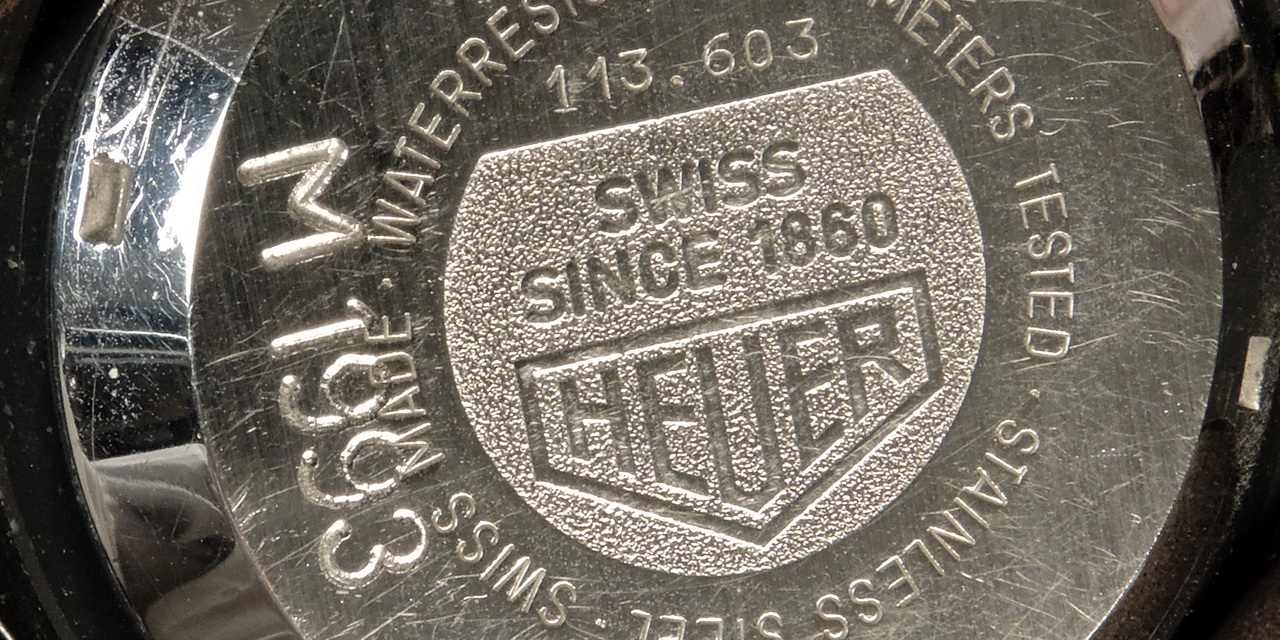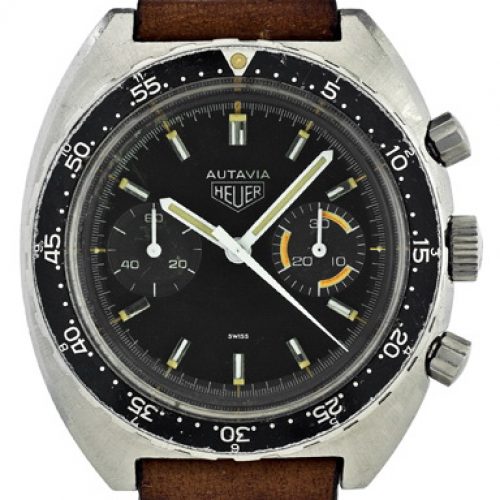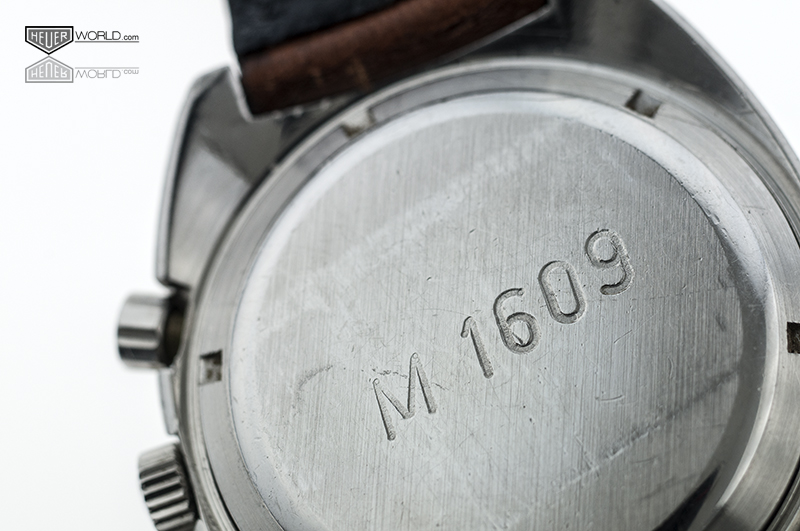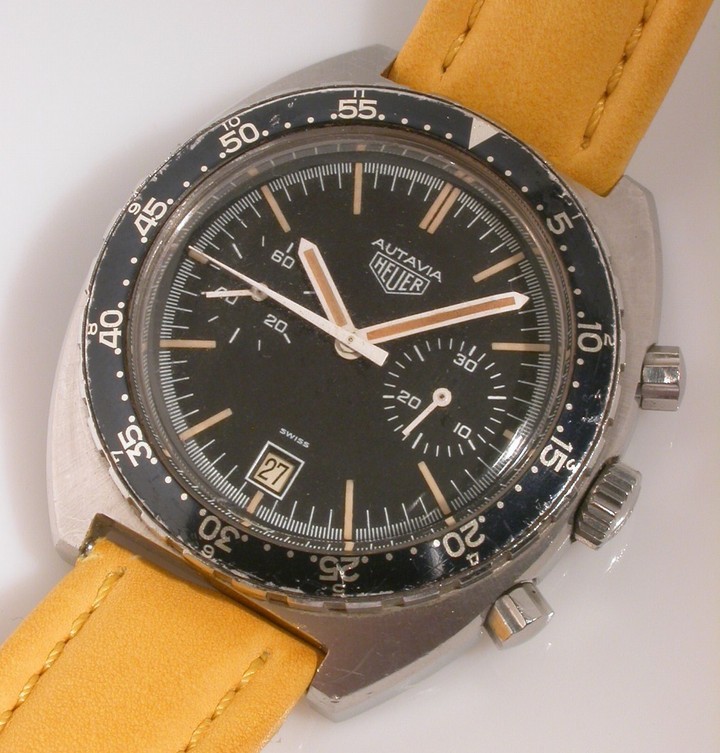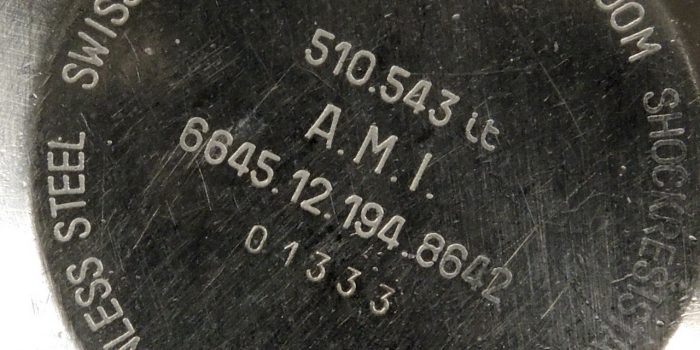Worn & Wound has published a two-part series, Military Watches of the World: Israel. Part II of the Worn & Wound posting covers the Heuer chronographs that were issued to Israel Defense Forces (“IDF”) during the 1970s and 1980s. The following excerpt from this posting covers the Heuer chronographs issued by the IDF.
What seems to be the first IDF-issued chronograph — the Heuer ref. 73363 — appears on the scene in 1971. Housed in a 40mm stainless steel tonneau case, it features a handwound Valjoux 7733 movement powering a dual-register layout with 30-minute totalizer at 3 o’clock and running seconds totalizer at 9 o’clock. On this particular reference, every other 5-minute period on the 30-minute register is given a tritium index, making for a striking, highly legible look. The dial is black and features no date window — rather, it’s simply adorned with white sword hands (tritium-filled), applied indices, and a 1/5th-seconds track, as well as an outer rotating count-up bezel marked in 5-minute intervals.
Another Heuer reference, introduced in 1972, also appears with IDF markings: the Autavia ref. 73463. Similarly to the ref. 73363, it features a 40 mm stainless steel tonneau case and a dual-register chronograph, this time powered by the Valjoux 7734. The black dial features a 30-minute totalizer at 3 o’clock, a running seconds totalizer at 9 o’clock, and a date window at 6 o’clock. The watch’s sword hands and hour indices are again coated in tritium and the dial features an outer 1/5th-seconds track. An outer rotating count-up bezel completes the look. Both of these watches feature the “sterile” M-based numbering system on their case backs.
Another version of the Autavia that’s well-known to collectors but less associated with the IDF is the famed ref. 1163V “Viceroy,” at least one example of which featuring IDF “sterile” markings has reared its head on the internet. This 1163V features the automatic Heuer cal. 11, a tonneau case, a dual-register chronograph layout and the cal. 11’s unique pusher/crown layout (two pushers on the right side of the case and the crown on the left). The unique red, white and blue livery of the Viceroy cigarette brand graces the watch’s dial, which is topped off with an acrylic crystal and count-up bezel calibrated in 5-minute intervals.
Fast-forward a decade to the years immediately following the First Lebanon War in 1982, and we come across yet another interesting chronograph: the Heuer Autavia ref. 113.603, a cushion-cased, 41mm, dual-register watch featuring an early black PVD coating. This time powered by the famed automatic Heuer cal. 12, this Autavia features a black dial with 30-minute totalizer at 3 o’clock, 12-hour totalizer at 9 o’clock, and a date window above the 6 o’clock position. Baton hands, tritium lume, and a matching black count-up bezel make for a highly stealthy, tactical-looking watch, the back of which features the “sterile” numbering system.
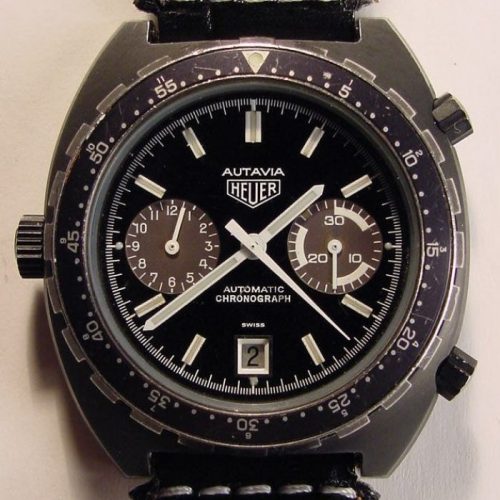
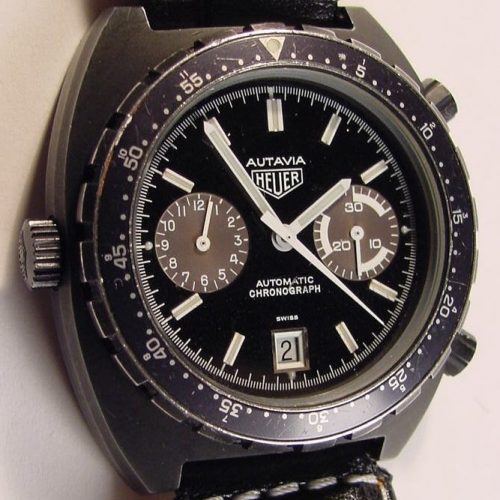
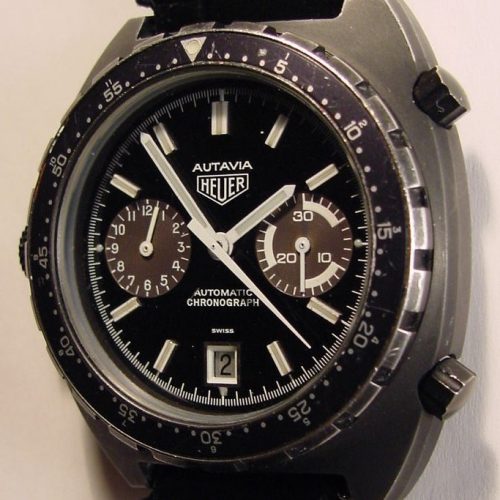
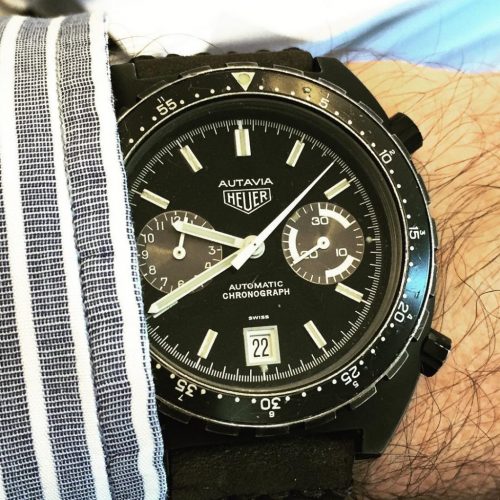
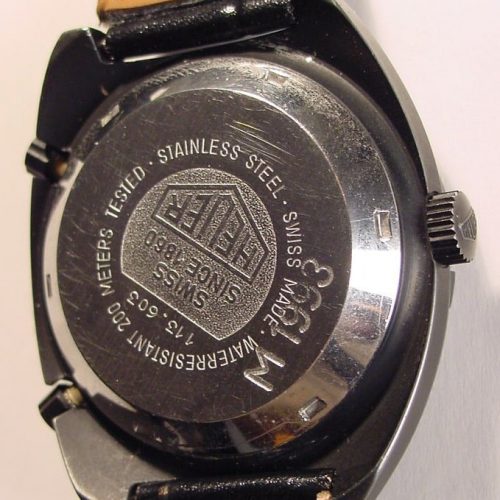
To the author’s knowledge, the receiving unit of these Autavias has never been confirmed. Though Shayetet 13 is a possibility, given their need for highly water-resistant dive watches, rather than chronographs, it seems likely that these watches weren’t destined for them. (The time period for issue of these Heuers also coincides with that of the aforementioned dive watches, so we can presume the unit was covered, in any case.)
Other guesses include, once again, fighter or helicopter squadrons or certain special operations units that operate from the air, such as Shaldag, the Israeli air force’s commando unit, or perhaps 669, which conducts commando-type combat search and rescue missions. (Sayeret Mat’kal, the army general staff’s reconnaissance unit, is another possibility.) Both of these units were founded in the aftermath of the Yom Kippur War, and it’s conceivable that their operators — or the helicopter pilots ferrying them to and from missions — may have been issued these special watches.
to be added
